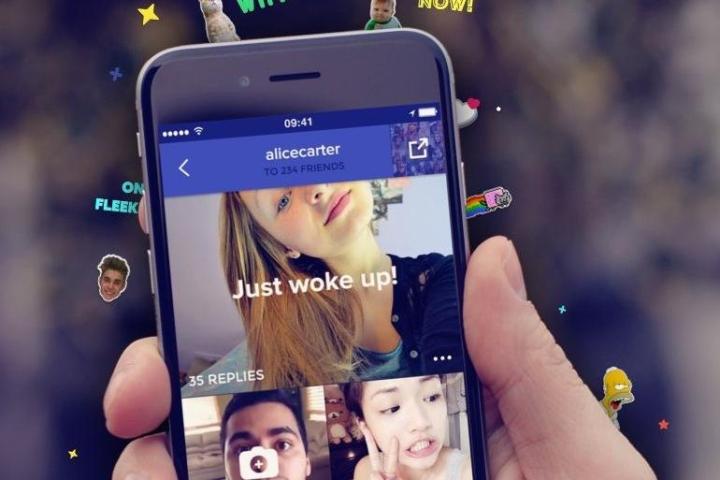
Nothing says, “I’m already at the restaurant, waiting for you” better than a photo of a drink and your companion’s empty seat. Sure, you could have texted, “where are you?” But the image goes a lot farther in expressing the emotion. Your companion might respond with a photo of bumper-to-bumper traffic (please only take such photos if traffic has slowed to parking lot stillness).
Pleek is available for free on Android and iOS. Although it’s new, the startup has already built an A-list following, with users such as Sean “Diddy” Combs and Nicki Minaj. While you may never cross paths with those and other celebs directly, you can add them to your friends list.

The developers have added fun ways to communicate visually including stickers, group chat, push notifications, GIF creation, and the ability to “Like” interactions. Oh, you can also use good ol’ text, too.

Of course, there are many messaging apps that do similar things, not to mention the built-in apps like iMessage and MMS that let you send photos and videos. But unlike Snapchat and other forms of video or photo messaging apps, you can easily share photos from Pleek. You can even create a collage from all of the visual interactions in a thread and post it to the newsfeed on a social network page such as Facebook.

